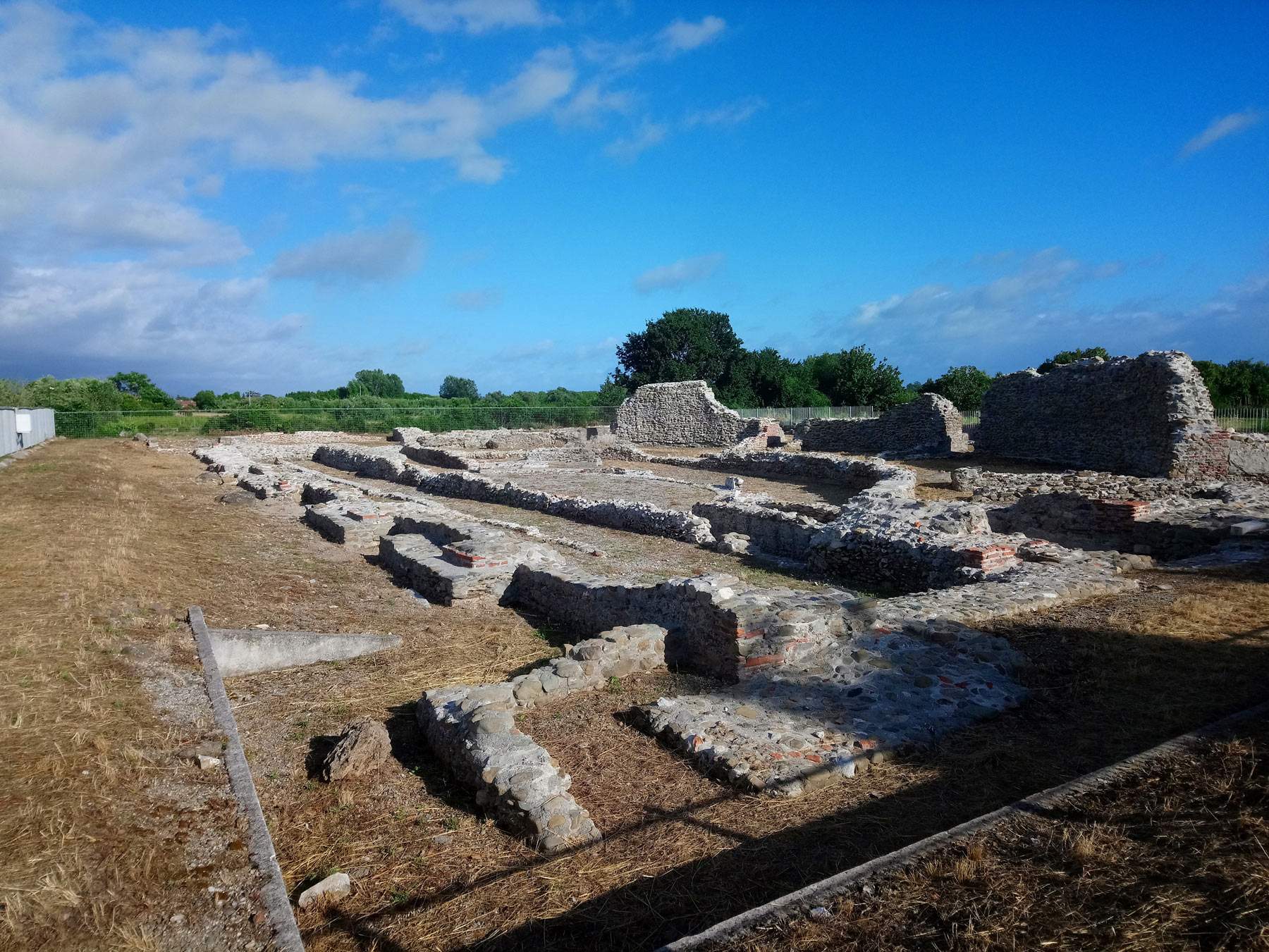Covid, the figure: outdoors only 0.1% of infections. Will they at least reopen archaeological sites?
Are we completely misstrategizing against Covid-19? That’s what Today ’s columnist Antonio Piccirilli wonders afterIreland’sHealth Protection Surveillance Centre (HPSC), i.e., the body that monitors the epidemiological situation in the country, published data on where the infections have occurred. The data were reported by the HPSC to The Irish Times newspaper, which had specifically requested them: according to the newspaper, the HPSC found that only 0.1 percent of the infections were attributable to anactivity carried out outdoors. Ireland’s public body monitored 232,164 cases from the start of the pandemic until March 24: of these, 262 were the result of outdoor transmission.
Specifically, there were 42 outbreaks attributable to outdoor gatherings, 21 of them (with 124 cases) related to work activities at construction sites, one outbreak that developed during an outdoor activity between two families, and 20 outbreaks related to sports activities that generated 131 cases of infection. While it is HPSC has been able to trace the origin of the infection, however, it is not possible to determine how exactly the infection occurred.
The relatively low number of cases resulting from outdoor transmission, theIrish Times recalls, is also reflected in scientific studies. A Chinese study conducted at the beginning of the pandemic (between Jan. 4 and Feb. 11, 2020) of 1,245 monitored cases of infection found that only three were infected outdoors (they were talking to each other in close proximity without a mask). And according to a University of California study published in the Journal of Infectious Diseases, the chances of developing the disease are 19 times greater indoors than in outdoor situations.
“However, it is well established,” Piccirilli also explains, “that indoor places expose us to a vastly higher probability of infection than outdoor environments. Zeynep Tufekci, a sociologist and professor in the School of Information and Library Science at the University of North Carolina, has long insisted that communication about the risks of infection has been misleading. Why insist on the importance of staying at home if outdoor places -- provided the usual common sense rules are observed -- are safer than home walls?” According to Tufekci, for example, beaches are perhaps the safest place to be in a pandemic, despite the fact that in many cities in Italy they were closed over the Easter weekend (with the paradoxical result that people were incentivized to stay indoors, where at festive family gatherings it is much easier to become infected).
Does it therefore make sense to advise people against going to parks, beaches, and outdoor environments? The question might at this point also apply to archaeological sites: places that are often infrequently visited, the vast majority of them outdoors, and by virtue of their conformation perfectly capable of minimizing any risk of contagion, since it is very easy to enforce distancing. Yet, archaeological sites, like museums, cinemas and theaters, remain stubbornly closed since November: and in light of the many studies showing the low risk of contagion outdoors, perhaps it is time to ask whether they should not be reopened.
Pictured: the Archaeological Park of Luni (La Spezia). Photo by Finestre Sull’Arte
 |
| Covid, the figure: outdoors only 0.1% of infections. Will they at least reopen archaeological sites? |
Warning: the translation into English of the original Italian article was created using automatic tools. We undertake to review all articles, but we do not guarantee the total absence of inaccuracies in the translation due to the program. You can find the original by clicking on the ITA button. If you find any mistake,please contact us.



























